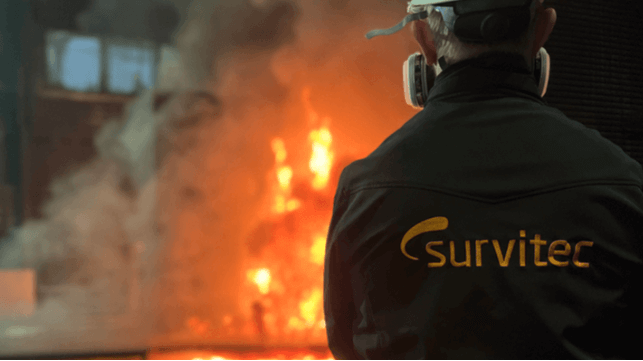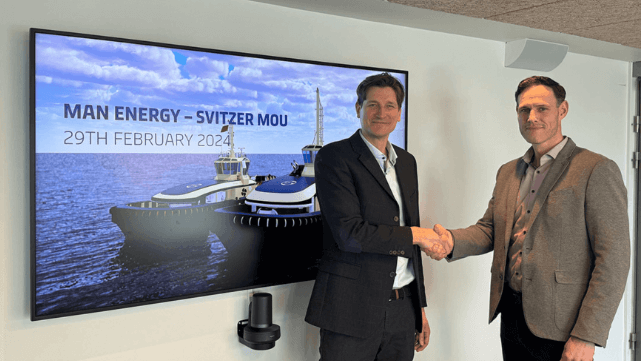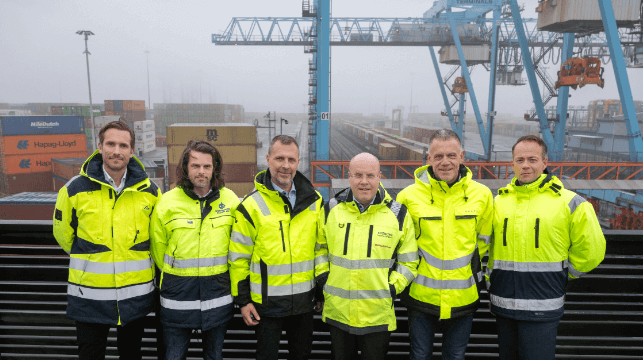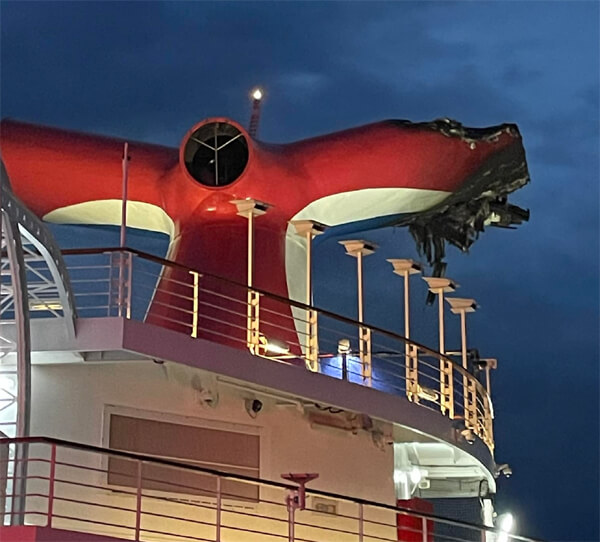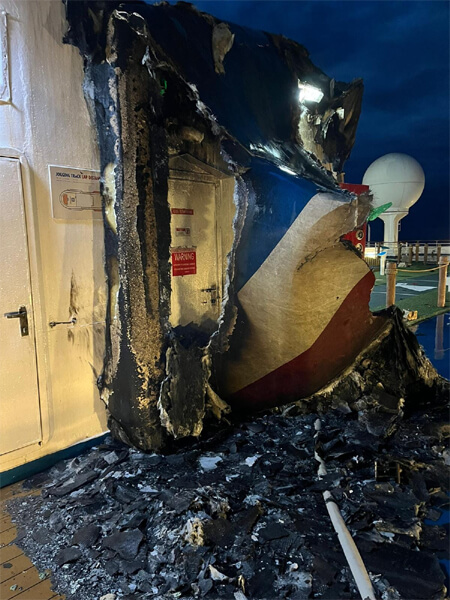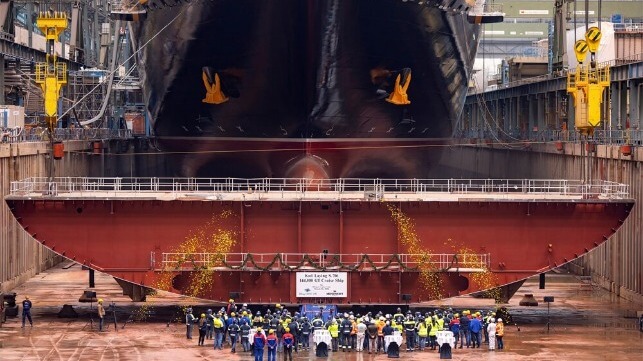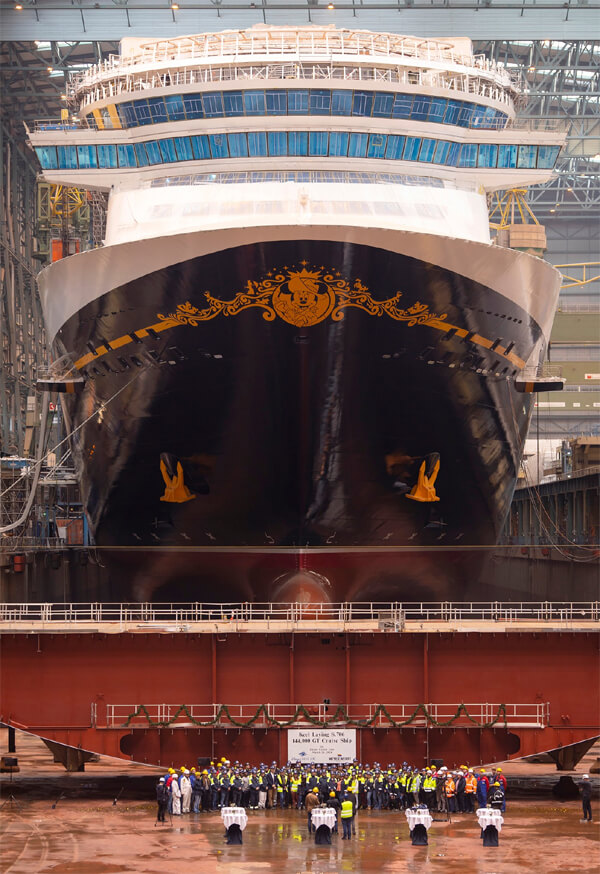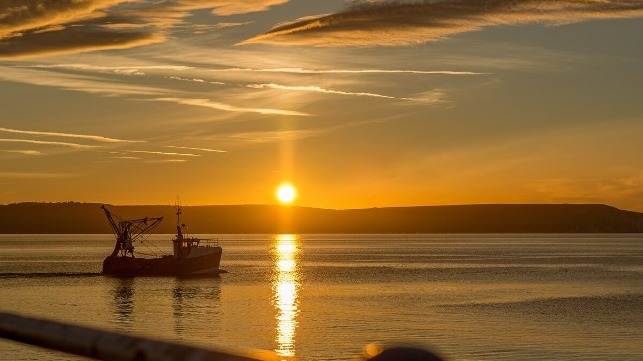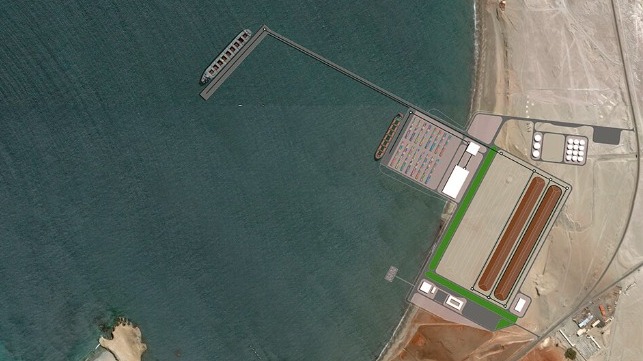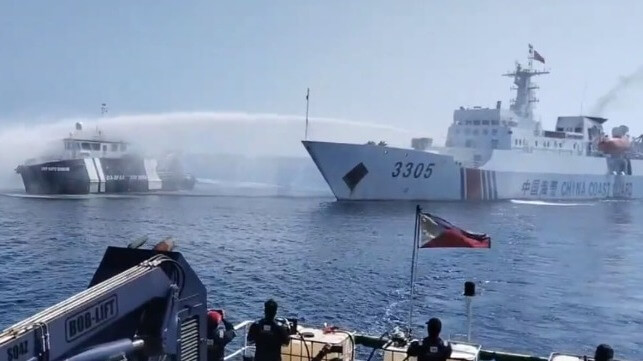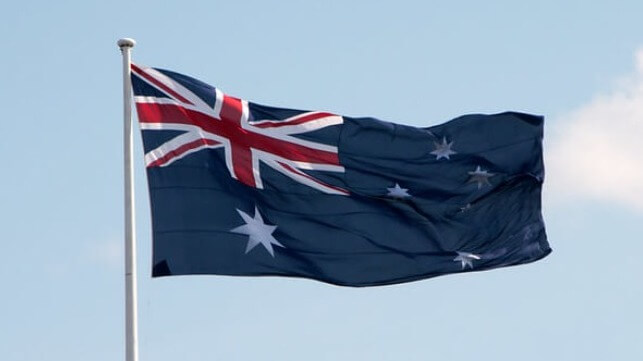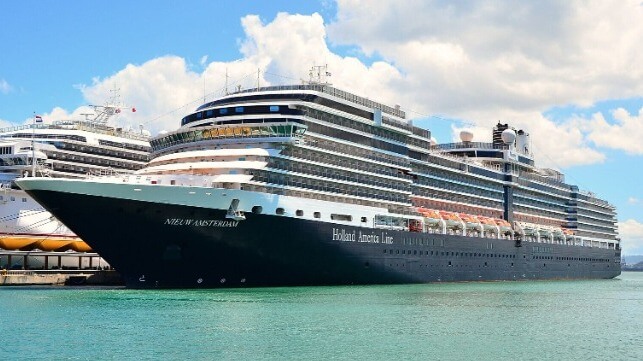Reuters | March 25, 2024 |
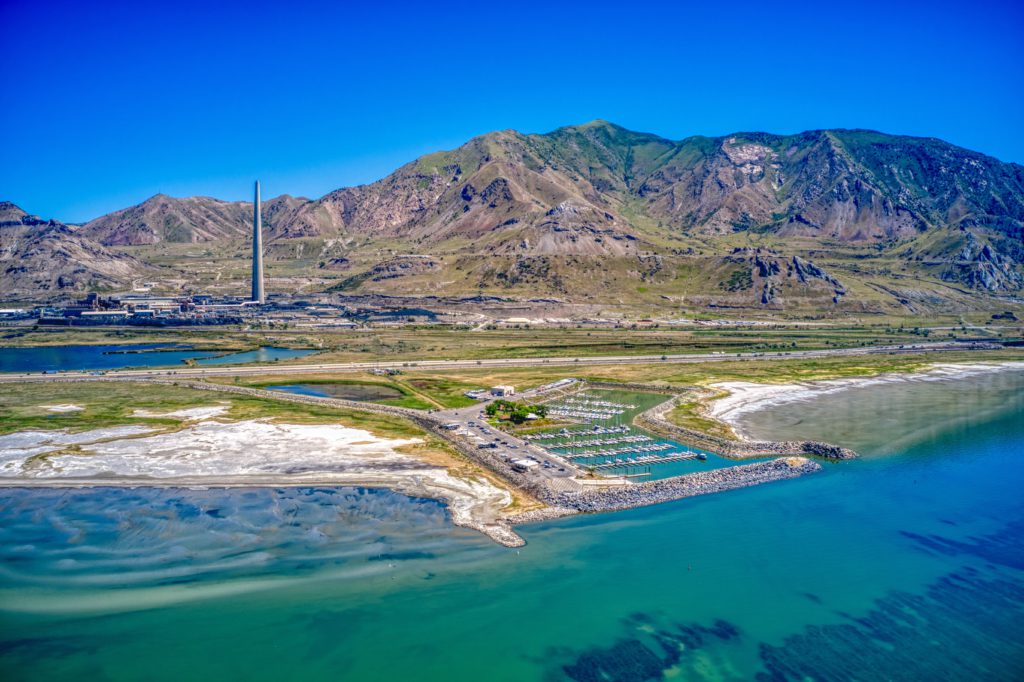
Aerial view of Great Salt Lake, Utah. Stock image.
Washington’s drive to make the United States a major global lithium producer is being held back by a confusing mix of state regulations that are deterring developers and hampering efforts to break China’s control of the critical minerals sector.

Across Texas, Louisiana and other mineral-rich states, it’s unclear who owns the millions of metric tons of lithium locked in salty brines underneath US soils, how the battery metal should be valued by regulators and who ultimately should pay to process it into a form usable by manufacturers.
These legal ambiguities are the latest impediment – alongside technical challenges and sagging commodity prices – to America’s plans to produce more of its own lithium and wean the country off foreign supplies, according to interviews with regulators from seven US states, legal experts, politicians, landowners, investors, royalty firms, industry executives and consultants.
US federal officials in Washington are largely powerless to force states to change regulations, leaving the Biden administration’s aggressive electrification targets beholden to the pace at which local officials update outdated statutes.
Global lithium demand is expected to outpace supply by 500,000 metric tons annually by 2030. Unless the United States boosts its own production, the country’s manufacturers will find themselves reliant on China and others for supply as the end of the decade approaches, analysts warn.
The Texas legislature, for example, last year approved a law – supported by Standard Lithium and Chevron – that instructed the state’s oilfield regulator to craft regulations for lithium extraction from brines. But the regulator, known as the Railroad Commission of Texas, told Reuters is has no timeline for when it will finish that task.
“I don’t even know where to start in terms of working with the local authorities to get brine mineral rights in Texas. It’s confusing,” said Brady Murphy, CEO of Tetra Technologies, which aims to produce lithium with partner Exxon Mobil.
The Railroad Commission of Texas told Reuters it plans to release its rules for public comment once they are formulated, and then the three commissioners will vote on them.
While the 1972 US Clean Water Act gives Washington regulatory power over water extraction and reinjection across the country, state officials have autonomy to govern other parts of the process.
Tetra, which also produces chemicals for water treatment and recycling, has tested more than 200 brine samples from Texas, but so far has opted not to do business in the Lone Star State due to legal uncertainty, Murphy said.
Koch Industries-backed Standard Lithium said last October it had drilled a Texas brine well with lithium concentrations nearly as high as those found in parts of Chile, which has the world’s largest lithium reserves. But Standard can’t touch that lithium until regulations are set.
“We’re taking a measured approach to Texas,” said Robert Mintak, Standard’s CEO.
Regulatory risks
In Oklahoma, which has several brine deposits, the Oklahoma Corporation Commission – which oversees oil and gas development – said it has no jurisdiction over lithium production and royalties, and referred comment to the state’s Department of Mines, which said it also does not oversee lithium.
In Utah, the state legislature and governor approved a bill last year aimed at preventing water levels from dropping in the lithium-rich Great Salt Lake. That led Compass Minerals to abandon plans last month to produce lithium for Ford in the imperiled lake and disband its entire lithium team, saying “regulatory risks have increased significantly around this project.”
And in Louisiana, the lack of state guidelines is fueling concerns from legal experts that producers could trespass on neighboring land when they reinject brine after filtering out lithium. Reinjection is a key step to preserve underground water table levels.
“There’ll likely need to be a court fight about whether they have the right to do that,” said Keith Hall, director of the Louisiana State University’s Mineral Law Institute.
The Louisiana Department of Energy and Natural Resources told Reuters it does not have existing statutes related to lithium.
The path is even murkier for water that is extracted alongside crude oil. Oil companies for decades have paid to dispose of that produced water, which contains lithium that could be sold for a profit.
With lithium demand now on the rise, landowners, oil producers, and companies that oversee water disposal are tussling over ownership.
A Texas state appeals court last year ruled that COG Operating controls such water that it extracts alongside crude oil, but the ruling only applied to that specific case. And not all oilfield leases include clauses for who owns other minerals extracted alongside oil, sparking questions as to whether lithium is covered by existing leases or if companies need to negotiate new contracts with landowners.
“That is going to have a chilling effect on capital investments until it’s resolved,” said Jamie Rhymes, an attorney specializing in minerals contracts at the Liskow & Lewis law firm.
Arkansas
Legal experts told Reuters that it’s unclear how lithium will be valued for royalty payouts given the cost for equipment to filter the battery metal from brine, which unlike oil typically has no market value itself.
In Arkansas, where Tetra, Exxon, Albemarle and Standard Lithium hope to produce the battery metal within a few years, state officials have been debating a royalty structure to compensate landowners since 2018.
Shane Khoury, who oversees the body that will set the royalty rate in his role as secretary of the Arkansas Department of Energy and Environment, said the state may charge different rates depending how much lithium is in a brine deposit.
Albemarle, the world’s largest lithium producer with operations in the United States, Chile, Australia, China and elsewhere, plans to open a pilot facility in Arkansas by the end of the year and said it has chosen not to – for now – submit a royalty proposal while it watches Standard’s royalty review process.
“We’re waiting to see how (the Arkansas royalty situation) evolves,” said Netha Johnson, the Albemarle executive overseeing the company’s Arkansas lithium project. “There’s a couple of fundamental differences between the way that brine royalties could be calculated.”
Exxon also has not submitted a royalty proposal despite spending more than $100 million in Arkansas and on a Houston test facility as part of an aggressive move into lithium, but said it hopes the state’s royalty will be uniform across the state.
California, which has giant lithium reserves in its Salton Sea region east of Los Angeles, last year imposed a flat-rate tax for each metric ton of lithium. The move has pushed back development of projects slated to supply General Motors and Stellantis. California’s governor and legislators have defended the tax as a necessary way to ensure all residents benefit from the energy transition.
Nevada, which has the only commercial US lithium operation – a small mine operated by Albemarle – has taxed minerals for more than 100 years, but at a rate based on each facility’s revenue.
Industry analysts expect regulations to be eventually set in various states, but predicting when is anyone’s guess.
“The uncertainty is the scariest part,” said the owner of lithium-rich acreage across several states who declined to be named so as not to offend regulators. “How do you develop these projects and muster financial support without a regulatory structure in place?”
(By Ernest Scheyder; Editing by Veronica Brown and Claudia Parsons)
